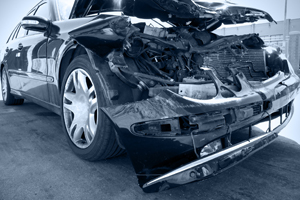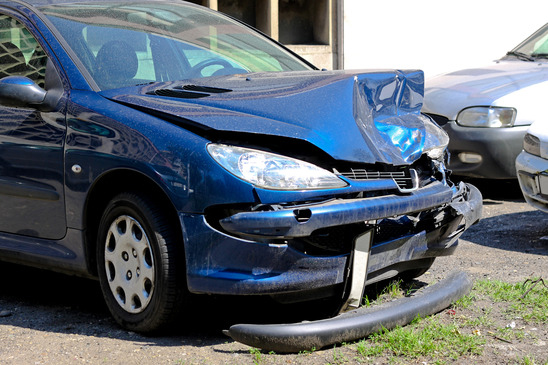With the current focus on ObamaCare and what it means to the American public, it brings up new worries of medical malpractice and substandard medical care. Medical malpractice is defined as professional negligence by an act or omission by a health care provider. This implies that the treatment provided falls below normal accepted standards of care in the medical environment causing injury or even death to the patient, with most cases involving medical error. Some cases are so outrageous that they make the news headlines, like the recent case of the doctor carving on the wrong side of a patient’s brain. Another patient awoke after surgery to find doctors had removed the wrong leg! Even more shocking, a top surgeon at Queen Elizabeth Hospital in Birmingham, England carved his initials into a patient’s liver, which was discovered by another surgeon during a different procedure. And a few years ago, a doctor performing a hysterectomy carved the patient’s name onto her uterus, claiming it was a ‘friendly gesture”. Another surgeon branded his initials into a woman’s abdomen after performing a C-section. Why would someone do that? Who’s going to even see that bit of handiwork anyway? Doctors claim the branding leaves only minor superficial burning and doesn’t cause harm to the patient. Some small comfort when you’re walking around with some crazy doctor’s brand on your guts! Now the question is how many other people are out there with organs bearing their doctor’s mark? This type of behavior is puzzling, shocking and extremely disturbing!
According to the Journal of the American Medical Association, approximately 225,000 people die each year from medical malpractice. These incidents may be split into several categories: 12,000 deaths from unnecessary surgery, 7,000 deaths from medication errors in hospitals, 20,000 deaths from other errors in hospitals, 80,000 deaths from infections and 106,000 deaths from non-error, adverse effects of medication. The average annual number of suits filed each year is about 85,000, with the actual number of medical injuries estimated to be about one million per year.
Malpractice can be a result of poor communication or simply bad practice, and it is not just limited to the surgery field. Surgery is an easy field to pick on as there are plenty of cases of things like surgical instruments (forceps, gauze squares, clamps, sponges and more) being left in a body after surgery. There was even a comedy war movie back in 1964 called “Ensign Pulver”, where Pulver and his Captain are swept overboard during a storm, end up stranded on an island with a group of nurses, dancing natives, and one big case of appendicitis. The wise-cracking practical joke playing ensign gets his revenge on his tyrannical captain by placing several boiled and sterilized marbles in his abdomen during emergency surgery to remove the captain’s diseased appendix.
 Now you may not have to wonder about these accidents any longer. The Auto Insurance Center, an information and news site dedicated to keeping up with the latest in car insurance news, began researching the answer to that very question. The center combed through records in the United States from the National Highway Traffic Safety Administration’s Fatal Accident Reporting System, which has been keeping records on every serious and fatal car crash in the United States from 2009 to 2013.
Now you may not have to wonder about these accidents any longer. The Auto Insurance Center, an information and news site dedicated to keeping up with the latest in car insurance news, began researching the answer to that very question. The center combed through records in the United States from the National Highway Traffic Safety Administration’s Fatal Accident Reporting System, which has been keeping records on every serious and fatal car crash in the United States from 2009 to 2013. Personal Injury Lawyer Blog
Personal Injury Lawyer Blog


 DUI charges can often be reduced to a wet reckless charge. A wet reckless charge is a reckless driving offense with a calculable amount of alcohol in the blood of the driver. It must be a very small amount and the reckless behavior cannot be of any serious type. If you’re DUI has been reduced to a wet reckless charge you must enroll in a DUI school, wet reckless program for a total of 12 hours.
DUI charges can often be reduced to a wet reckless charge. A wet reckless charge is a reckless driving offense with a calculable amount of alcohol in the blood of the driver. It must be a very small amount and the reckless behavior cannot be of any serious type. If you’re DUI has been reduced to a wet reckless charge you must enroll in a DUI school, wet reckless program for a total of 12 hours.
